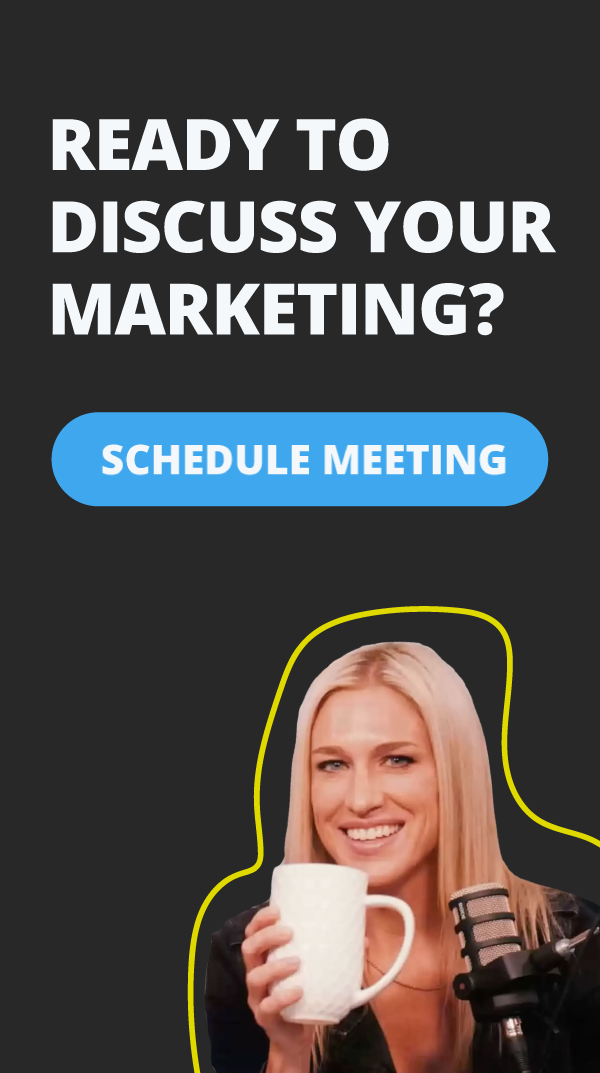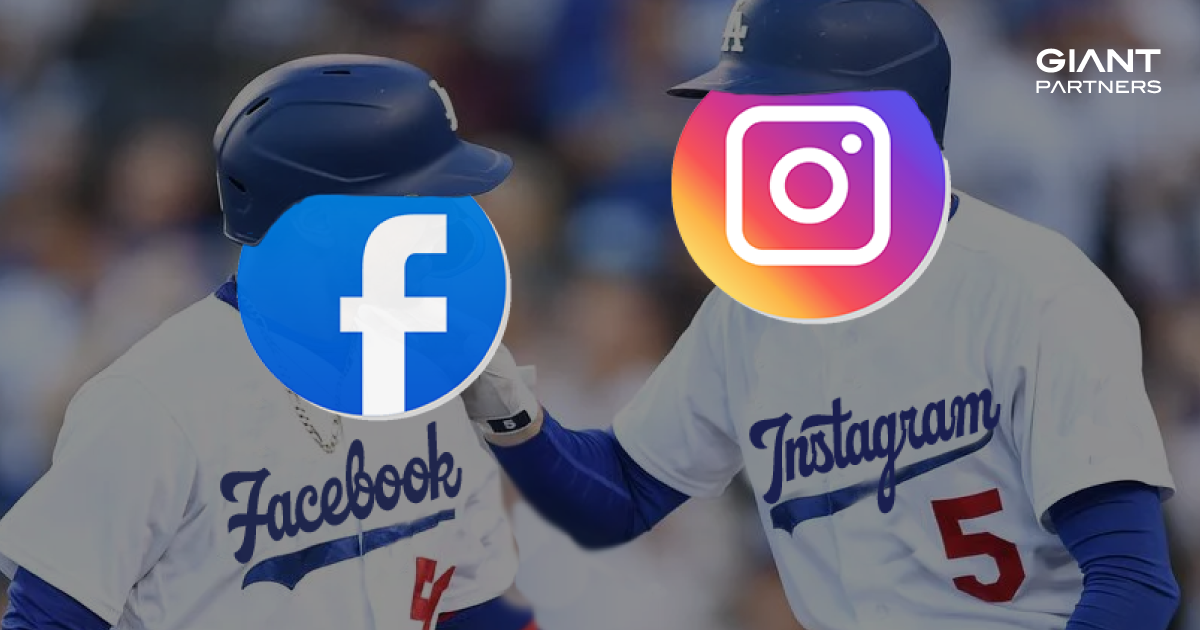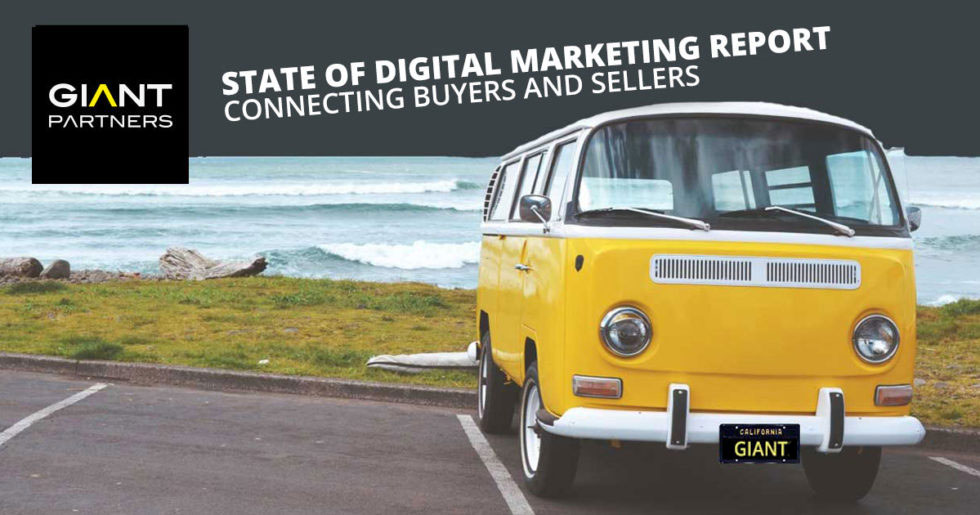![]() By Jeremy Koenig | Google Ads for Business Owners | Updated Dec 2025 | 7 Min Read
By Jeremy Koenig | Google Ads for Business Owners | Updated Dec 2025 | 7 Min Read
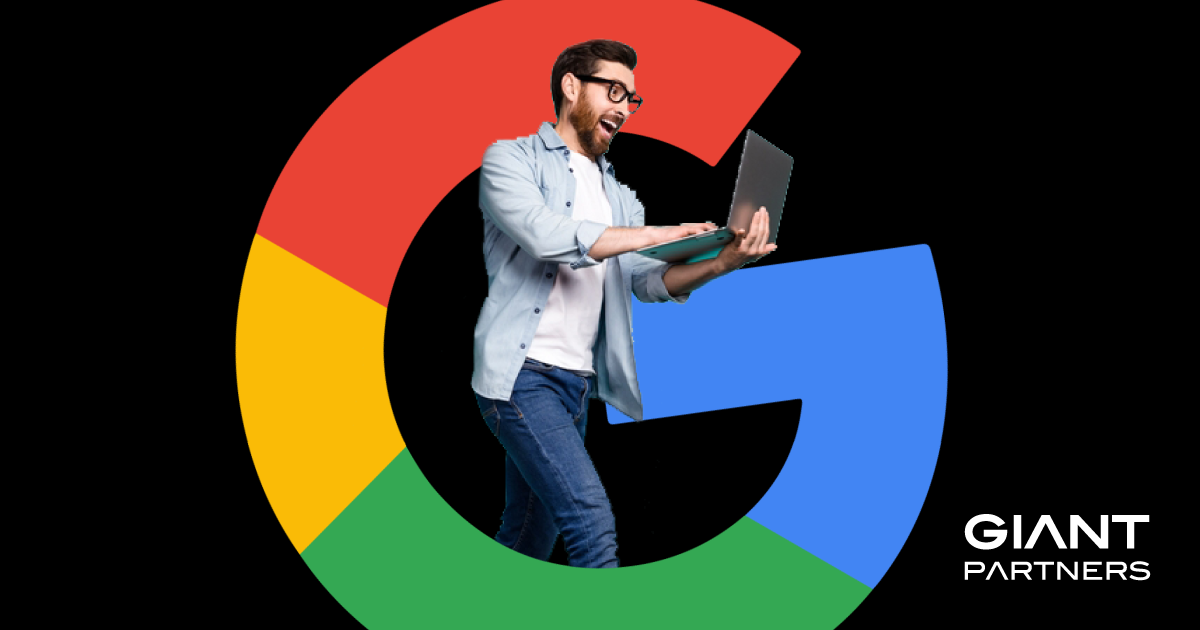
Google Ads for Business Owners Introduction >>> Google is in the business of selling ads. Don’t be a sucker.
Google’s primary objective is to grow its revenue, and it will use your advertising budget to achieve that goal. Many business owners feel stuck in a constant paid-search “rat race,” with their weekly, monthly, quarterly, and annual results controlled by Google PPC ever-changing algorithms. Check out the top 10 tips that business owners (and the marketers who manage their campaigns) should follow, based on our 24+ years of media-buying experience.
1. Upload and target custom audience databases within the Google Ad Manager
Advertisers can prequalify Google users by uploading and targeting custom audience data, ensuring that their ads reach a more relevant and interested audience. By using customer match in Google Ads, advertisers can upload lists of email addresses, phone numbers, or mailing addresses to create custom audiences. This allows them to tailor their ads specifically to users who have been pre-qualified for products or services. This targeted approach not only increases the likelihood of engagement but also helps in controlling advertising costs by reducing wasteful spending on unqualified users.
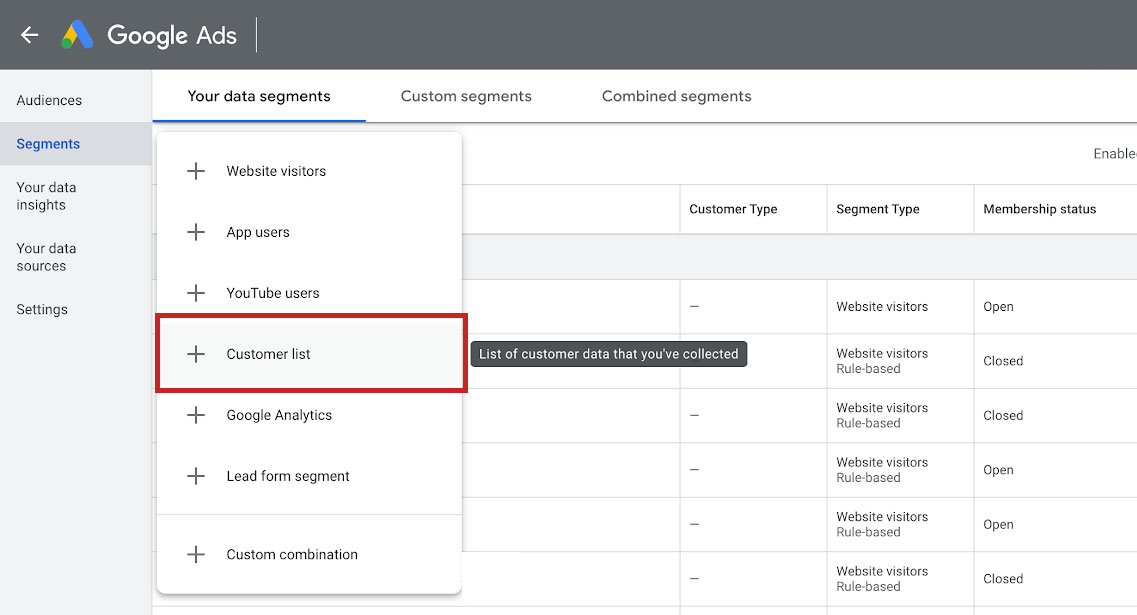
Image: Google Ads for Business Owners “Custom Audience List Upload”
In Google PPC campaigns, leveraging custom audience data helps in optimizing ad spend by focusing on high-intent users who are more likely to convert. By prequalifying users based on similar characteristics to existing customers (income, demographics, occupation, purchase history, etc), advertisers can bid more strategically, ensuring that their budget is used efficiently. This targeted bidding can lead to a higher quality score, which can lower cost-per-click (CPC) rates and improve ad positioning. Additionally, it enables advertisers to craft more personalized ad copy and landing pages, which can further enhance user experience and conversion rates.
2. Drive traffic to personalized landing pages and make it easy for Google and YouTube users to convert
The best Google advertising campaigns drive clicks to landing pages that are meticulously designed to resonate with customer preferences, ensuring maximum conversions. These landing pages are often characterized by their simplicity and focus on user experience. Simple lead forms are a critical component, reducing friction by asking only for essential information. This brevity minimizes user hesitation and increases the likelihood of form completion. Additionally, big buttons with clear, compelling calls to action (CTAs) like “Get Demo”, “Sign Up Free”, or “Schedule Meeting” guide users seamlessly towards conversion, making the process straightforward and intuitive.

Image: Google Ads for Business Owners “Personalized Landing Page”
In designing for mobile users, who constitute a significant portion of web traffic, landing pages must prioritize tap-friendly interfaces. This includes large, easy-to-tap buttons and fields optimized for autofill, which expedites the form-filling process and reduces the chances of user drop-off. Mobile landing pages should also load quickly and be responsive, ensuring that all elements are easily accessible without unnecessary zooming or scrolling. By streamlining the experience for mobile users, advertisers can capture leads effectively from users on-the-go, enhancing the overall campaign performance.
For tablet and PC users, the focus shifts slightly towards accommodating different interaction patterns, such as typing and mouse clicks. Here, the landing pages should maintain a clean, organized layout with clear visual hierarchies that guide the user’s eye towards the CTA. Autofill features should still be available to speed up the process, but the form fields might be slightly more detailed, leveraging the larger screen space. Ensuring that buttons are prominent and easily clickable with a mouse is crucial, as is providing clear feedback when a form is submitted successfully. By optimizing the landing page experience across devices, advertisers can maximize their reach and conversion rates, ensuring that every click from a Google ad has the highest potential to turn into a lead or purchase.
3. Connect and synchronize your CRM to the Google Ad Manager for ongoing lead generation optimization
Integrating Google advertising lead generation campaigns with your CRM (customer relationship management) system, such as HubSpot or HighLevel, is essential for ensuring that conversions are accurately tracked and managed. This integration allows for bi-directional syncing, meaning that data flows seamlessly between Google Ads and the CRM. When a lead fills out a form on a landing page, the information is immediately captured in the CRM, where it can be further qualified and nurtured. This continuous data exchange ensures that sales teams have real-time access to the latest lead information and lead source details enhancing their ability to follow up promptly and effectively.
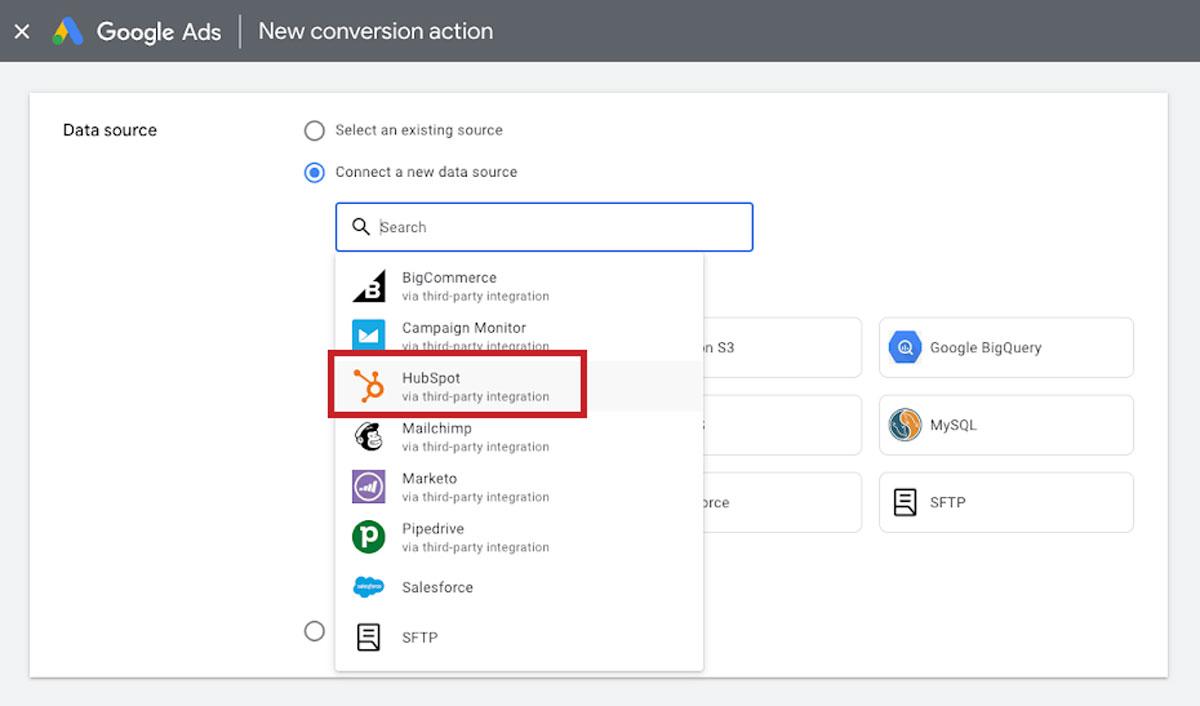
Image: Google Ads for Business Owners “Hubspot to Google Connection”
CRM integration also empowers Google’s AI-driven advertising optimizations. When conversion data from the CRM is fed back into Google Ads, the platform can use this information to refine its targeting algorithms. By understanding which leads are converting into opportunities and ultimately paid clients, Google Ads can adjust its targeting parameters to focus on users who exhibit similar behaviors and characteristics. This real-time feedback loop enhances the precision of ad targeting, ensuring that marketing efforts are directed toward users who are more likely to progress through the sales cycle. Consequently, advertisers can achieve higher conversion rates and better ROI. This holistic approach not only improves immediate campaign performance but also contributes to long-term business growth by building a pipeline of high-quality leads that are nurtured through the CRM, ultimately leading to more paid clients and sustained revenue.
4. Setup your Google Business Listing and proactively manage Google Reviews
Setting up a Google Business listing properly and managing Google Reviews proactively is crucial for advertisers aiming to enhance their visibility and credibility in search results. A well-optimized Google Business profile provides essential information such as the business’s address, phone number, hours of operation, social channels, and website link, making it easier for potential customers to find and contact the business. Ensuring that this information is accurate and up-to-date not only improves user experience but also positively impacts the Google search algorithm. Google rewards businesses that maintain complete and consistent profiles with higher rankings in local search results, which can lead to increased traffic and conversions.
Image: Google Ads for Business Owners “Google Business Listing and Reviews”
Proactively managing Google Reviews is equally important, as reviews significantly influence the perception of potential customers and the search engine’s ranking decisions. Positive reviews serve as social proof, reassuring potential customers of the business’s reliability and quality of service. Regularly responding to reviews, both positive and negative, demonstrates the business’s commitment to customer satisfaction and engagement. This responsiveness can improve a business’s reputation and encourage more customers to leave feedback. Google’s algorithm takes review quantity, quality, and recency into account, so actively seeking and managing reviews can lead to better visibility and higher placement in search results.
For local businesses and geographic-specific campaigns, the impact of a well-maintained Google Business listing and positive reviews is even more pronounced. Local search optimization is critical for attracting customers in specific areas, and a robust Google Business profile can make a substantial difference in capturing local traffic. When users perform searches related to a specific location, Google’s algorithm prioritizes businesses that are relevant and well-regarded in that area. By ensuring that their Google Business listing is professionally set up and consistently managed, advertisers can enhance their local SEO efforts, drive more qualified leads, and ultimately achieve better campaign outcomes.
5. Connect your eCommerce website to the Google Ad Manager for real time return on advertising calculations
Integrating Google Ad eCommerce campaigns with an eCommerce platform like Shopify is crucial for optimizing advertising efforts based on actual shopping cart purchase completions. This integration enables advertisers to track the entire customer journey from the initial ad click to the final purchase, providing valuable data on which ads and keywords are driving conversions. By linking Google Ads directly to the eCommerce platform, advertisers can set up enhanced conversion tracking and feed this data back into Google’s machine learning algorithms. This allows for real-time optimization, ensuring that ad spend is directed towards the most effective campaigns, keywords, and audience segments, ultimately leading to increased sales and improved return on investment (ROI).
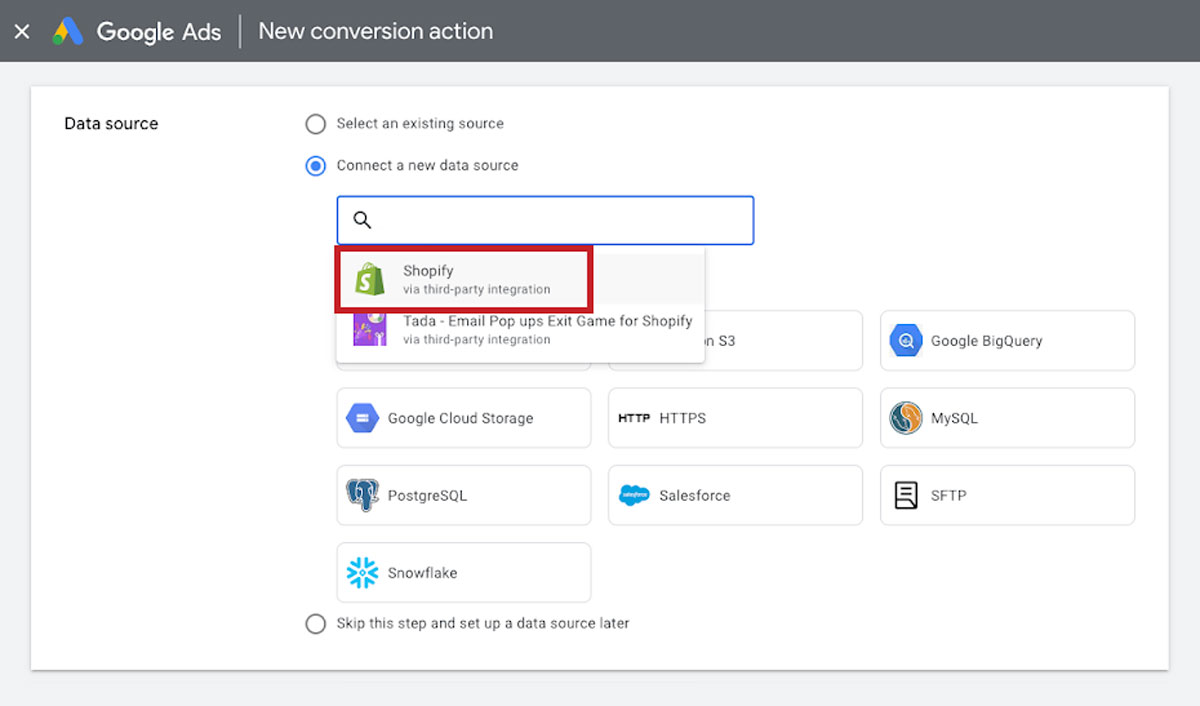
Image: Google Ads for Business Owners “Shopify to Google Connection”
In the era of Amazon and evolving Google shopping habits, integrating eCommerce campaigns with the website becomes even more critical. Consumers today expect a seamless and convenient shopping experience, and they often compare prices and products across multiple platforms before making a purchase. By integrating their Google Ads with their eCommerce site, businesses can leverage dynamic retargeting to re-engage users who have abandoned their shopping carts or visited product pages without completing a purchase. This approach helps capture lost sales opportunities by reminding potential customers of the products they were interested in, thereby increasing the chances of conversion.
Furthermore, the competitive landscape shaped by Amazon’s dominance and the increasing use of Google Shopping ads necessitates a data-driven approach to eCommerce advertising. Integrating Google Ads with an eCommerce platform provides advertisers with granular insights into shopping behaviors, such as average order values, product preferences, and buying patterns. This data is invaluable for refining ad targeting, adjusting bidding strategies, and personalizing ad copy to align with customer interests. In a market where consumers are inundated with choices, delivering highly relevant and timely ads can significantly enhance the effectiveness of eCommerce campaigns, helping businesses stand out and succeed in a crowded marketplace.
6. Target unique customer personas, within each Google advertising campaign, with tailored calls-to-action
Targeting unique customer personas with Google advertising campaigns allows advertisers to craft highly personalized messages that resonate deeply with specific audience segments. By understanding the distinct characteristics, needs, and preferences of each persona, advertisers can create tailored calls-to-action (CTAs) that speak directly to the emotional triggers of qualified buyers. For example, a persona representing busy professionals might respond well to a CTA emphasizing time-saving benefits, such as “Get Instant Access to Exclusive Deals.” On the other hand, a persona consisting of environmentally conscious consumers might be more compelled by a CTA like “Join Us in Going Green with Our Eco-Friendly Products.” These customized CTAs can significantly enhance engagement and conversion rates by aligning with the intrinsic motivations and desires of each target group.

Image: Google Ads for Business Owners “Targeting Customer Personas”
Moreover, emotionally resonant CTAs can foster a stronger connection between the brand and the consumer, leading to increased brand loyalty and repeat business. When an ad speaks directly to a buyer’s specific pain points and aspirations, it creates a sense of understanding and trust. This emotional bond can be particularly powerful in competitive markets, where differentiation is key. By using data-driven insights to inform persona-based targeting and crafting CTAs that evoke an emotional response, advertisers can not only drive immediate conversions but also build lasting relationships with their customers. This strategic approach ensures that marketing efforts are not just seen and heard but felt and remembered, ultimately leading to sustained business growth and customer retention.
7. AB test Google headlines, copy, and creatives to identify which types of advertisements are most high performing
Data doesn’t lie. AB testing Google campaign headlines, creatives and copy is crucial to optimizing performance and maximizing return on investment (ROI). By systematically experimenting with different ad variations, advertisers can gather valuable data on what resonates best with their target audience. This data-driven approach allows for precise adjustments and informed decision-making, ensuring that ad budgets are allocated to the most effective creative variations. By focusing on winning creatives, advertisers can enhance engagement, improve click-through rates (CTR), and drive higher conversion rates, ultimately leading to more successful campaigns.
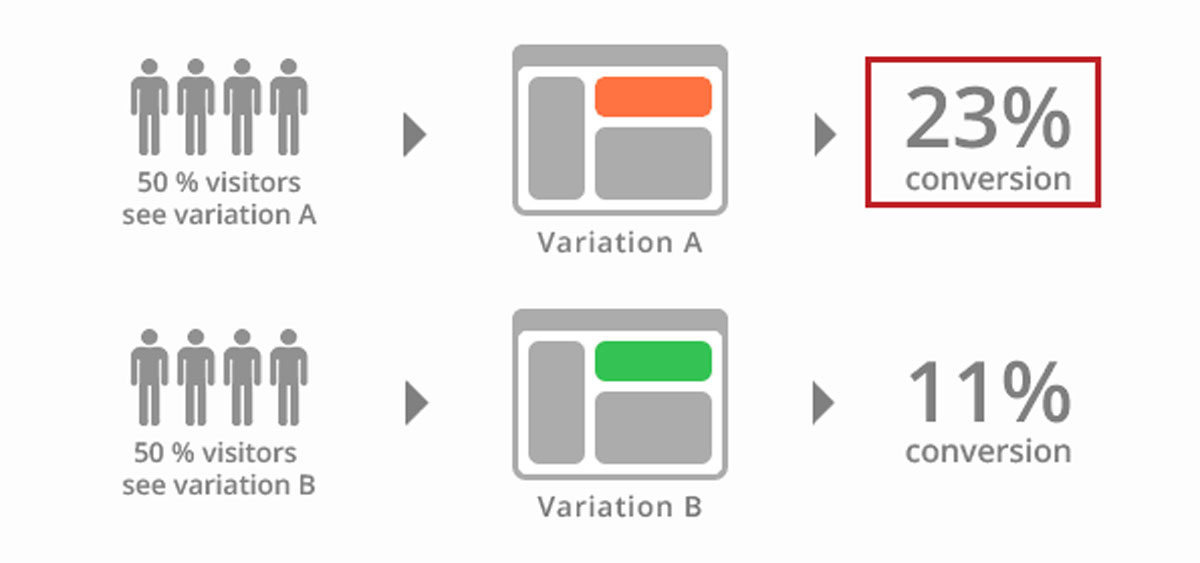
Image: Google Ads for Business Owners “AB Testing”
As campaigns progress, ad fatigue can diminish performance, making it essential to regularly refresh creatives. Future content should be designed with the same motifs as the winning creatives to maintain consistency and capitalize on proven elements that have demonstrated success. By leveraging familiar themes, visual styles, and messaging, new ads can build on the established effectiveness while introducing fresh elements to keep the audience engaged. This strategy not only sustains campaign momentum but also helps prevent audience fatigue, ensuring that advertising efforts continue to yield high returns and contribute to long-term brand growth. By continually AB testing and iterating on content, businesses can stay ahead of market trends and maintain a competitive edge.
8. Retarget your website traffic across the Google Display network to keep your brand front of mind
Google retargeting across the Google Display Network is an essential strategy for increasing conversions from individuals who have previously visited web pages and engaged with content. This approach leverages retargeting pixels embedded in the visitors’ browsers to track and re-engage them with relevant ads as they browse other sites within the network. By targeting users who have already shown interest in a brand’s products or services, retargeting campaigns can significantly enhance conversion rates. These users are more likely to convert since they are already familiar with the brand, and retargeting serves as a reminder to return and complete their purchase or desired action. Allocating a substantial portion of the ad spend budget to retargeting is crucial for peak advertising performance. Experts recommend dedicating around 20-30% of the total ad budget to retargeting efforts.
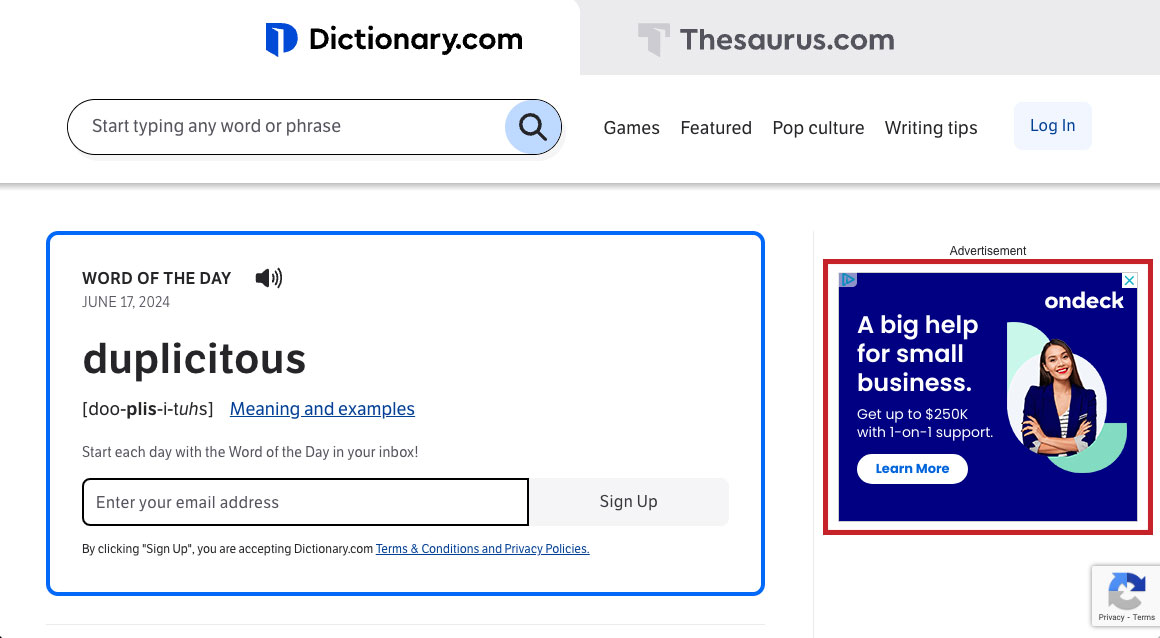
Image: Google Ads for Business Owners “Display Network Retargeting”
Google Retargeting budget allocation ensures that the brand remains top-of-mind for potential customers, increases the likelihood of conversions, and maximizes the overall effectiveness of the marketing strategy. By continuously analyzing retargeting campaign performance and adjusting the budget as needed, advertisers can optimize their spending to achieve the best possible ROI. Retargeting not only helps in converting warm leads but also contributes to building stronger customer relationships by providing consistent and relevant touchpoints throughout the buyer’s journey.
9. Retarget web traffic with YouTube in-stream commercials to build brand awareness and strengthen campaign performance
YouTube retargeting within the Google Ad Manager plays a crucial role in enhancing advertising campaign performance by allowing brands to re-engage viewers who have previously interacted with their videos or channel. In-stream advertising on YouTube works by placing ads before, during, or after a video, capturing the audience’s attention with compelling and relevant messages. This format is particularly effective for reaching specific demographics, such as middle-aged males, who are known to consume significant amounts of YouTube content daily. These users often turn to YouTube for entertainment, information, and product reviews, making it an ideal platform for retargeting efforts.
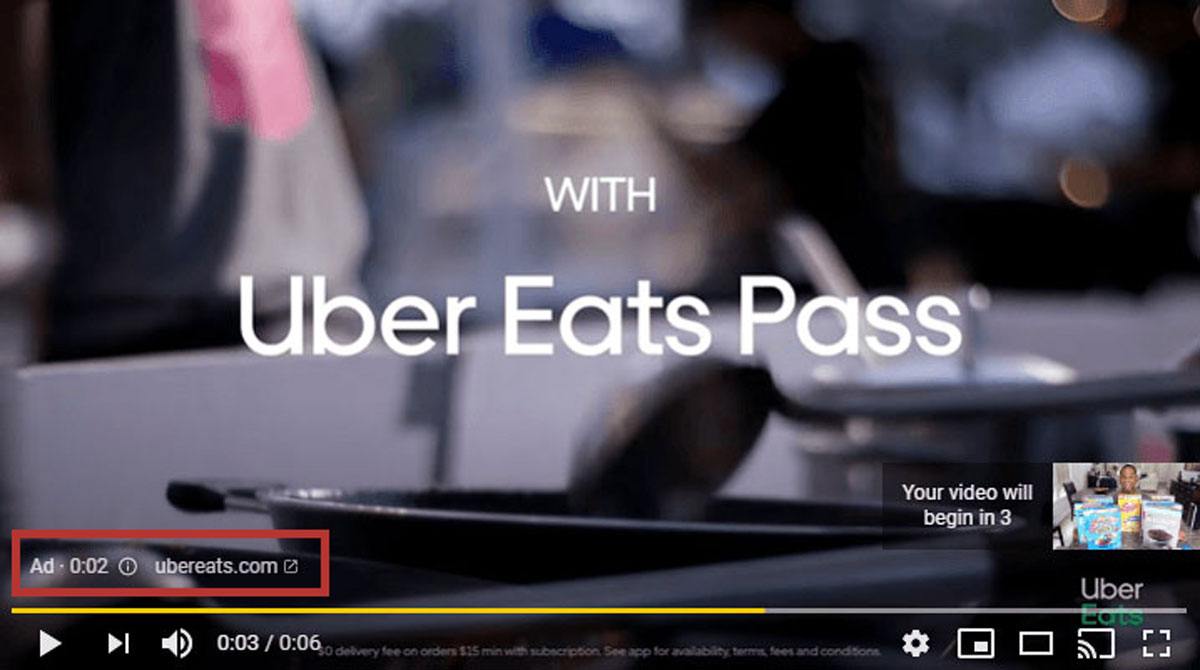
Image: Google Ads for Business Owners “YouTube Retargeting”
By leveraging retargeting strategies, advertisers can show ads to users who have already demonstrated interest in their content, increasing the chances of conversion. This approach ensures that the brand remains top-of-mind and encourages users to take action, whether it’s visiting a website, making a purchase, or subscribing to a channel. Given the high engagement levels of middle-aged males on YouTube, in-stream ads can deliver personalized and impactful messages that resonate with this demographic, driving better campaign results. Furthermore, the ability to track and analyze viewer behavior through Google Ad Manager enables advertisers to continuously refine their targeting and creative strategies, ensuring optimal ad performance and maximizing return on investment.
10. Have an experienced media buying team manage your Google advertising campaigns for exponentially greater returns
Leveraging an experienced media buying team that specializes in your industry is crucial for the success of current and upcoming Google advertising campaigns. Unlike solo media buying agents, who might lack the bandwidth or expertise to manage the complex and dynamic nature of digital advertising, a specialized team brings a wealth of industry-specific knowledge and strategic insights that can significantly enhance campaign performance. These teams are adept at daily, weekly, and monthly ad budget testing and optimization, ensuring that every dollar spent is maximized for the highest return on investment.

Image: Google Ads for Business Owners “Media Buying Team”
Daily monitoring allows for immediate adjustments to be made in response to real-time performance data, while weekly reviews help identify trends and refine targeting strategies. Monthly evaluations are essential for broader strategic shifts and long-term planning. Moreover, an experienced media buying team is well-versed in campaign configuration best practices, such as setting up detailed audience segments, crafting compelling ad copy, and utilizing advanced bidding strategies. These best practices are critical for gaining a competitive advantage, as they ensure that campaigns are not only effective but also efficient. The team’s ability to navigate the complexities of the Google Ads platform, coupled with their industry-specific insights, allows for more precise targeting, better ad placements, and higher conversion rates. Ultimately, partnering with a specialized media buying team can lead to more effective advertising campaigns, greater market penetration, and sustained business growth, making it a wise investment for any company looking to excel in the competitive digital landscape.
Google Ads for Business Owners Conclusion >>> Reach out to our team of data driven advertising experts if you’d like to have a quick discussion about implementing, stabilizing, optimizing and scaling Google advertising campaigns.
We have helped hundreds of customers get the most for their Google advertising buck. We specialize in modeling CPM (cost-per-impression), CPL (cost-per-lead), and CPA (cost-per-acquisition) campaigns for brand awareness, lead generation and eCommerce. All partners gain access to unlimited custom audience databases for advanced omni-channel advertising.
Please use the scheduling tool below to book a meeting to discuss your Google advertising strategy options with an expert.

 Jeremy Koenig
Jeremy Koenig
Giant Partners
President
Connect on Linkedin
ABOUT GIANT PARTNERS
24 years. 6000 customers. Giant Partners is America’s #1 data driven marketing agency. We accelerate campaign performance with custom audience data, brand management, website development, CRM integration, email marketing, and omni-channel advertising.

